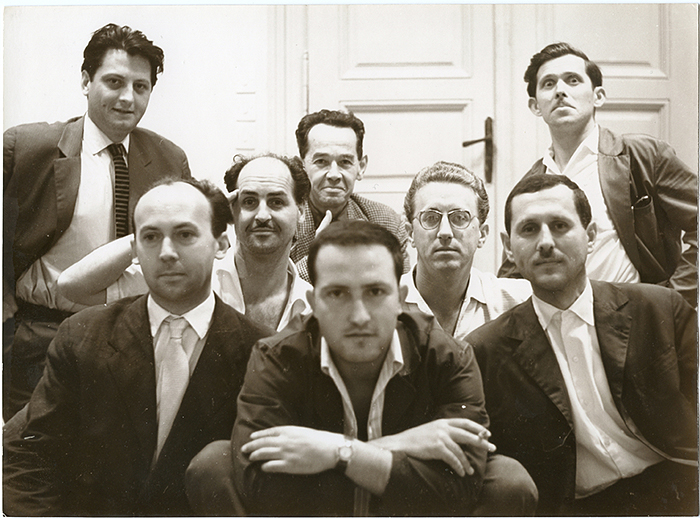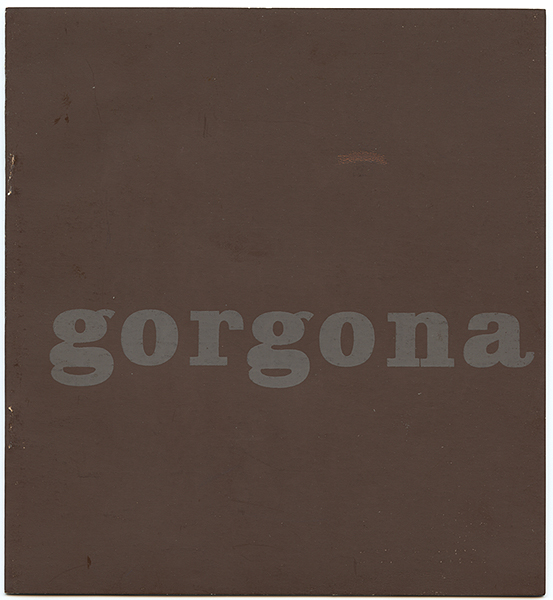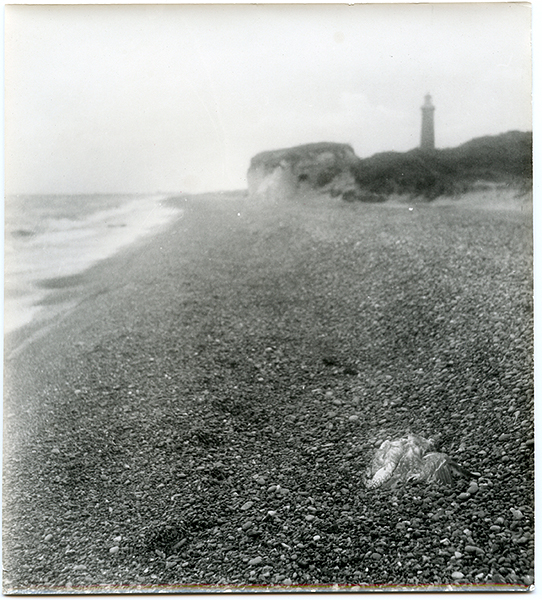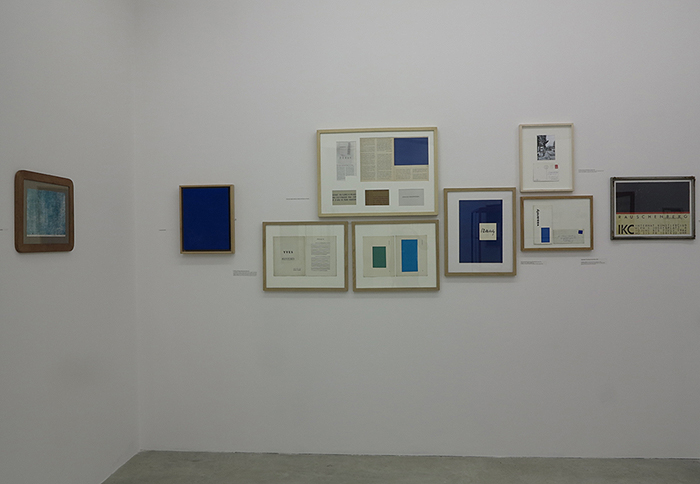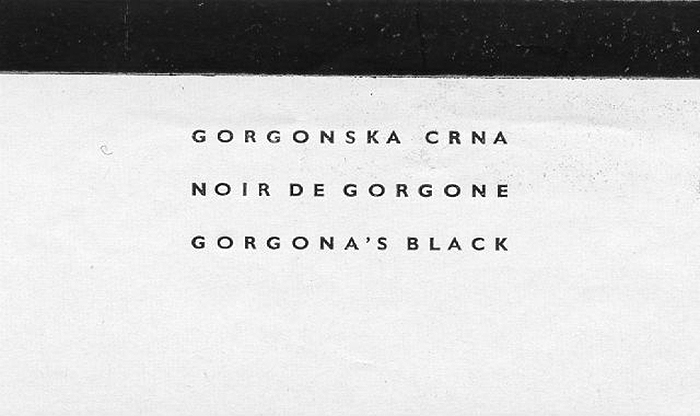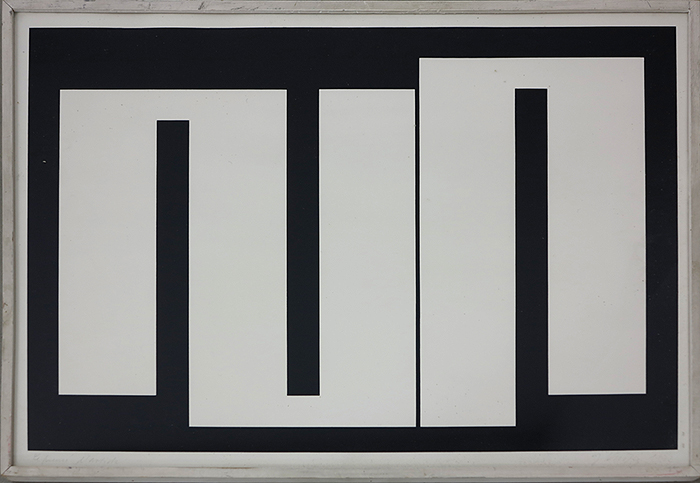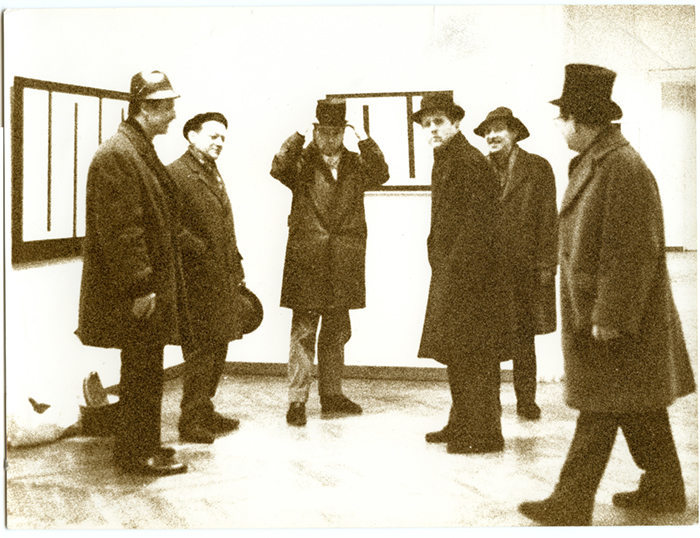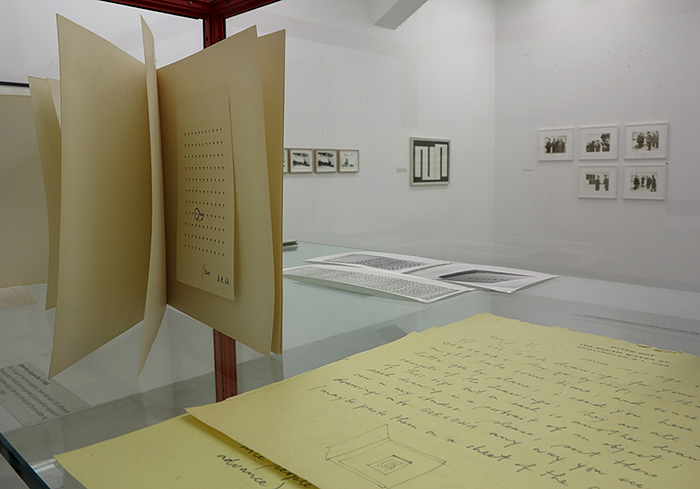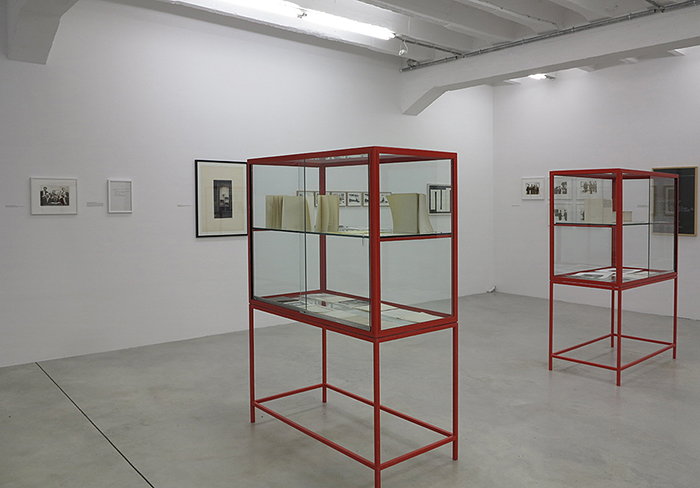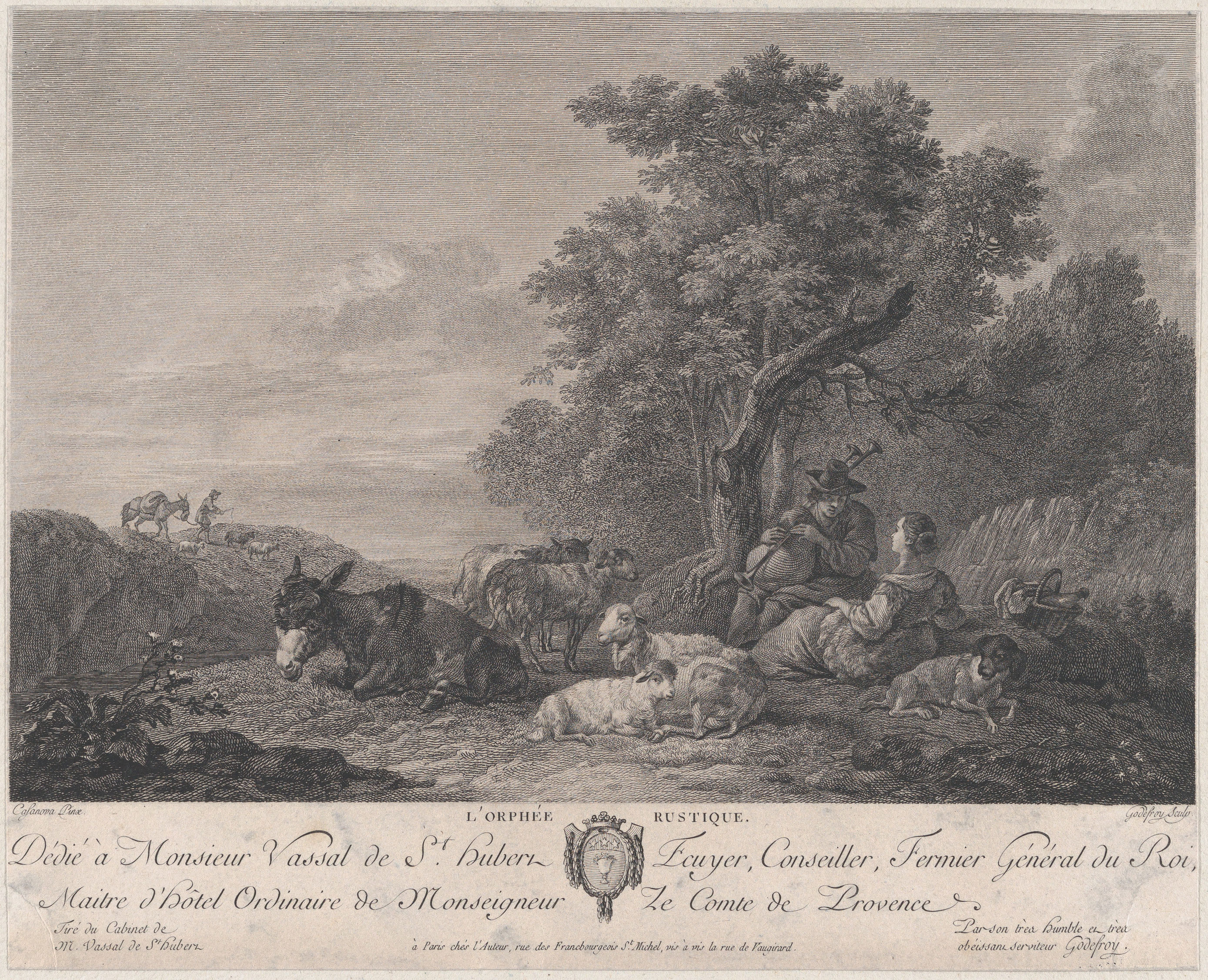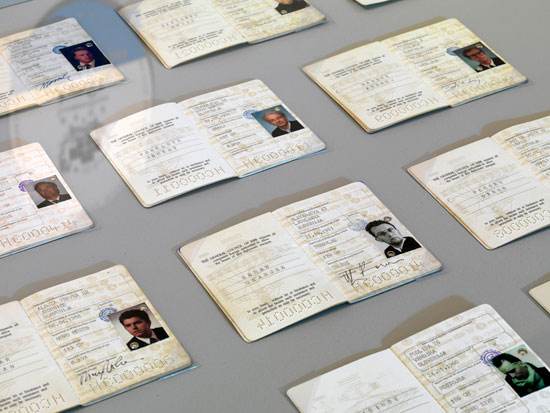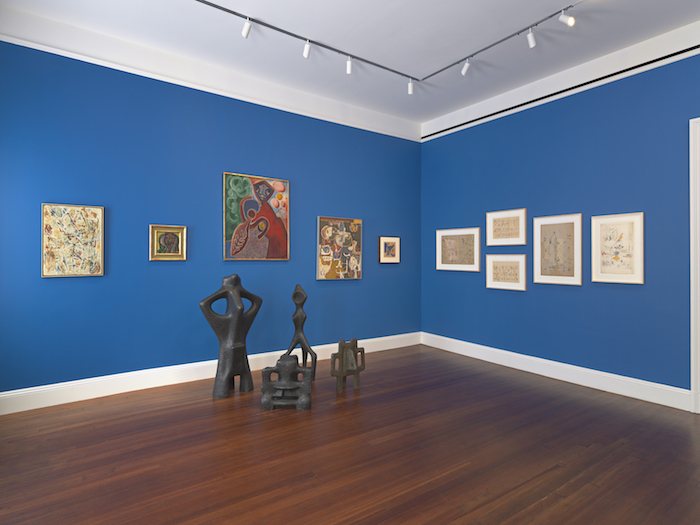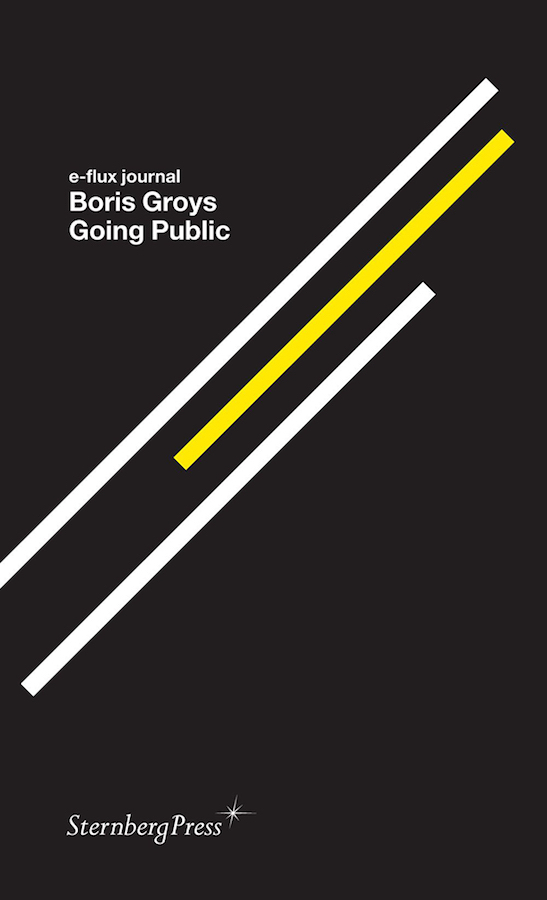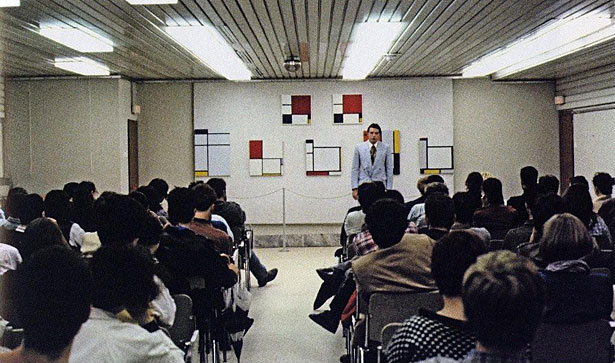January 18–March 2, 2013
The current exhibition at ŻAK | BRANICKA introduces visitors to one of the most elusive and imaginative phenomena of the Eastern European neo-avant-garde: the creative quests of the Croatian artist group Gorgona. The show is indicative, indeed, of a new stage of recognition of regional avant-gardes from the 1960s–1970s, with exhibitions of Romanian artists Geta Brătescu and Paul Neagu (at Galerie Barbara Weiss) and Ion Grigorescu (at Galerija Gregor Podnar) to be seen in Berlin recently, posing questions, likewise, about productive ways of reconciling radical artistic gestures that were almost always conceived in disregard of the art market. In this respect, the exhibition “Please Attend” is an interesting case study.
Active between 1959 and 1966 in the former Yugoslavia, specifically Zagreb, Gorgona was made up of a group of loosely associated artists: Marijan Jevšovar, Julije Knifer, Đuro Seder, Josip Vaništa, and Ivan Kožarić; an architect, Miljenko Horvat; and art critics Dimitrije Bašičević (aka Mangelos), Matko Meštrović, and Radoslav Putar. Following the wave of contemporary formal and perceptual explorations of proto-conceptualists such as John Cage and Yves Klein, Gorgona’s invigorating creative search was injected with a good dose of tongue-in-cheek humor stemming from Dada and Surrealism. In fact, Gorgona anticipated some aspects of conceptual art that were later developed by artists internationally. One example is the “artist’s book,” a form that dates earlier, to be sure, but the notion of the book as a printed multiple and a likewise a “work of art” was a novelty. Dieter Roth’s 2 Bilderbücher (1957) and Ed Ruscha’s Twentysix Gasoline Stations (1962) are seen as pioneering book works, but Gorgona’s “anti-magazine” publications are little acknowledged for being a forerunner of the genre as well. Questioning and contesting conventions of art and art making, Gorgona cultivated an ongoing poetic exchange among its members, and, from 1961 to 1966, they published eleven (and prepared two more) editions of that “anti-magazine” which was called simply Gorgona. Some issues were conceived in collaboration with international artists among whom Dieter Roth and Piero Manzoni were closest to the ideas of the group (though Manzoni’s issue remained unpublished). Such international affiliations with Gorgona are given particular attention in the exhibition, and a separate section features works from Yves Klein, Piero Manzoni, and Robert Rauschenberg, artists who either shared an affinity with or were in direct touch with members of Gorgona. The disclosure of a common paradigm reflects the general approach of ŻAK |BRANICKA, which brings to attention the international context of works created in Central and Eastern Europe.
In 1977, Nena Dmitriević, author and curator of the first comprehensive survey of Gorgona, pointed out that tracing the enigmatic “Gorgonic” spirit is akin to an “archaeological and detective job.” 1 The curators of “Please Attend” have taken liberties with strict chronology to include several works and writings by individual members that expand upon the aesthetic horizons of the group as a whole. Contributions by Josip Vaništa are the most present, which is due to the fact that the exhibition was developed in cooperation with private collections of his works. The legacy of Gorgona as a group is represented by key letters, photographs, and writings. Among them is a photograph of a landscape, which is actually the “report” of a seasonal spring “inspection” walk of the group similar in tone to the series “Thoughts of the month,” short visual and textual postings by a single member of Gorgona expressing a quotidian “state of mind and mood.” Still, lesser known artworks and notes created before or after Gorgona, and sometimes in retrospect to it, enrich the show. Among the early examples are Vaništa’s drawings from the mid-1950s that evince the artist’s growing interests in phenomenology.
The show subtly recreates the complex web of interconnections between the works of Gorgona members and links them to the greater tendency of the dematerialization of art at the time. Placed in a vitrine is a small piece of paper printed with a trilingual version of “Gorgona’s Black” just across from Vaništa’s reductionist gray monochrome painting (Untitled, 1961), installed only few steps away from one of Yves Klein’s infamous blues, IKB 268 (1958). The exhibition escapes the staid archival character that sometimes plagues retrospectives of conceptual art by balancing the rich selection of documentation with works in traditional media created by individual members. Julije Knifer’s graphic Meander, from 1972, shows a reduced black-and-white composition of geometrical fields, the “signature form” of the artist, who has been methodically revising his paintings since 1959. This work neighbors a series of photographs taken during the opening of Knifer’s solo show in 1966 in Zagreb, in which members of Gorgona ironically enact a meeting of the “artistic” elite, top hats included. A small photo-document from Vaništa’s exhibition “Endless Walking Stick/ In Honour of Manet” (1961)—a top hat and a walking stick assembled on a chair—completes the circle of Gorgona’s punning attitudes towards the myth of the artist. Such skilled cross-referencing animates the exhibition and makes visible the unique nature of Gorgona, a “collective” that categorically denied the notion of collective work, relying instead on the individual contributions of its members and transient signs of creative intellectual exchange.
Nena Dmitrijević, “Gorgona—Art as a Way of Existence,” in Gorgona (exh. cat.), eds. Božo Bek and Nena Dmitrijević (Zagreb: Gallery of the City of Zagreb, 1977), unpaginated.
